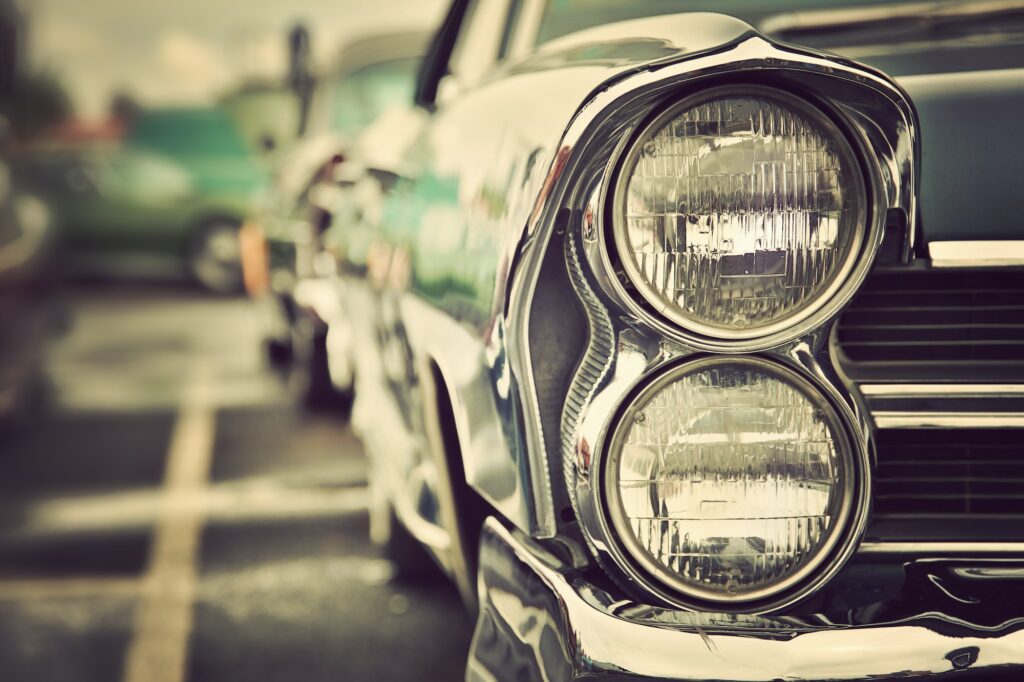Key Takeaways:
- Car dealerships have evolved from simple sales points to comprehensive service centers.
- They originated in the early 20th century alongside the automobile boom.
- Key to the automotive industry, bridging manufacturers and consumers.
Introduction: Dive into the transformative journey of car dealerships, from humble beginnings to pillars of the automotive world.
What is the history of car dealerships? The history of car dealerships dates back to the early 20th century, coinciding with the rise of automobile manufacturing. Initially, they were small, independent operations that facilitated the sale of vehicles directly from manufacturers to consumers, significantly shaping the automotive industry’s landscape by bridging the gap between production and ownership.
Car dealerships have a long history that dates back to the early 20th century. In the early days of the automobile industry, cars were sold directly by manufacturers or through independent agents who represented multiple manufacturers. These early car dealerships were often small and specialized in a particular make or model of car.
The first dealership was opened in 1898 by William E. Metzger in Detroit, Michigan. He sold electric automobiles until 1901 when he switched to gasoline-powered vehicles – making him one of the first gas-powered car salesmen in American history. Over time, more dealerships opened up all over the country offering different makes and models for customers to choose from.
As the automobile industry grew and became more competitive, car dealerships began to evolve in order to better serve their customers and stay competitive. One major change was the development of the franchise system, which allowed car dealerships to represent a particular brand or manufacturer and sell their products exclusively. This helped to standardize the car dealership experience and made it easier for customers to shop for a new car.
In the post-war period, car dealerships underwent another major transformation as they began to offer a wider range of services to their customers. This included financing and leasing options, as well as maintenance and repair services. Many car dealerships also began to offer trade-in programs, where customers could trade in their old car for a new one.
Early 20th Century Change
The early 20th century was a time of great technological advancement and significant social change. The invention and widespread adoption of the automobile had a profound impact on society, paving the way for the emergence of car dealerships as an integral part of our transportation system. Car dealerships were not always commonplace; in fact, their development is an interesting story that dates back to the dawn of the automotive industry.
At first, cars were sold directly from manufacturers to individual customers. This process proved cumbersome and inefficient, as there was no reliable way to service vehicles or offer credit options for consumers without access to large sums of money. As a result, individuals began forming partnerships with manufacturers and investors in order to open up shopfronts dedicated solely to selling automobiles. These became known as car dealerships – establishments where buyers could go to purchase vehicles with ease, convenience and competitive prices.
Rise of the Franchise System
The rise of the franchise system in car dealerships has revolutionized the automotive industry. Before this system, car dealers were individually owned and operated businesses with very little control over their inventory or prices. The franchise system gave dealers access to increased inventory, allowing for more choices for customers, as well as better deals due to larger buying power from manufacturers.
This new development in automobile retailing also allowed car makers to have more control over the look and feel of the dealership experience. New standards were set for product displays, customer service protocols, and marketing tactics that would effectively display a brand’s identity to potential buyers. This new way of doing business served as a template for all future dealership models and is still used today across many industries in all corners of the world.
The Early Days: Birth of the Automobile and First Dealerships
The Dawn of the Automobile Era
- Late 19th Century: The automobile was born from the inventive minds of pioneers like Karl Benz and Gottlieb Daimler in Germany, and Ransom E. Olds in the United States.
- 1890s: The first cars were sold directly to customers or through a variety of channels, including department stores, catalogs, and even traveling salesmen.
The Emergence of Exclusive Dealerships
- Early 1900s: As cars became more popular, manufacturers began establishing exclusive dealership agreements. This was a strategy to ensure consistent sales and service standards.
- General Motors and Ford: These automotive giants played pivotal roles in shaping the early dealership models, with GM introducing the concept of franchised dealers.
The Golden Era: Post-War Boom and Dealership Expansion
Post-World War II Prosperity
- 1940s-1960s: The post-war economic boom led to a surge in car ownership. The American dream now often included a car in the driveway.
- Suburban Expansion: As suburbs grew, so did the need for personal transportation, fueling further growth in car sales and dealerships.
Dealership Innovation and Growth
- Showrooms and Service Centers: Dealerships evolved from mere sales points to comprehensive service centers with showrooms, financing options, and after-sales services.
- Customer Experience Focus: Dealerships began to focus on customer experience, understanding that a happy customer was a repeat customer.
Adapting to Change: The Impact of Globalization and Technology
The Entry of Foreign Manufacturers
- 1970s-1980s: The oil crisis and economic shifts led to the rise of fuel-efficient models from Japanese manufacturers like Toyota and Honda, introducing new competition for American dealers.
- Globalization: As foreign cars gained popularity, dealerships had to adapt to selling and servicing a wider variety of makes and models.
Technological Advancements
- The Internet Age: The advent of the internet in the late 20th century began to transform dealership operations, from digital inventory management to online car sales platforms.
- 21st Century: Websites, virtual showrooms, and online financing tools became essential for modern car dealerships.
The Modern Dealership: Digitalization and Beyond
Embracing the Digital Revolution
- Online Sales and Marketing: Dealerships increasingly turned to digital marketing and online sales to reach a wider audience and provide convenience to customers.
- Customer Relationship Management (CRM): Advanced software solutions allowed dealerships to manage customer relationships more effectively.
The Future: Sustainable Practices and Electric Vehicles
- Electric Vehicle (EV) Trend: With the rise of EVs, dealerships are adapting to sell and service electric and hybrid vehicles.
- Sustainable Practices: Modern dealerships are also embracing eco-friendly practices in operations, aligning with the global shift towards sustainability.
Impact of Technology
Technology has had a significant impact on the automobile industry, from the rise of online car dealerships to in-car entertainment systems. Today, many people choose to purchase their vehicles online without ever setting foot inside a traditional brick-and-mortar dealership. Technology has allowed buyers to compare prices and research models quickly and easily from the comfort of their own homes. Not only does this offer convenience for buyers, but it also allows them to enjoy lower prices since they don’t need to pay for expensive dealership fees or commissions.
In recent years, the rise of online car shopping has had a major impact on the traditional car dealership model. Many car dealerships now have an online presence and offer a range of digital tools and services to help customers shop for and purchase a new car. Some car dealerships have even started offering home delivery services, allowing customers to complete the entire car-buying process from the comfort of their own homes.
Overall, car dealerships have evolved significantly over the years in response to changing consumer needs and the evolution of the automobile industry. They continue to adapt and change in order to better serve their customers and stay competitive in an increasingly digital world.
Conclusion: The Road Ahead
The journey of car dealerships mirrors the evolution of the automotive industry, reflecting broader changes in technology, consumer habits, and societal shifts. As we move forward, dealerships are poised to continue evolving, embracing digitalization, sustainability, and new automotive technologies. The future of car dealerships, much like the past, will be marked by adaptation and innovation, driving toward a more connected, efficient, and customer-centric era.
Please rate this post

With over 20 years of experience in the car business, I’ve navigated the evolution of the industry from traditional sales to the dynamic digital age. My journey through various roles in both sales and management has endowed me with a unique perspective on the challenges and opportunities in automotive sales today.
As the founder of Shawn Ryder Digital, I combine my extensive background in technology with my deep understanding of the automotive industry. This synergy allows me to craft digital marketing strategies that are not just effective but tailored to the specific needs of each dealership. My commitment is to drive your sales, enhance your brand awareness, and ensure your dealership thrives in the digital landscape.
Here at Shawn Ryder Digital, we’re not just about providing services; we’re about building partnerships. As I often say, “In the fast-paced world of digital marketing, staying ahead isn’t just an option; it’s a necessity.”
Together, let’s embrace the challenges of the digital age and turn them into opportunities for growth and success. Join me in redefining the future of automotive digital marketing. Let’s accelerate your dealership’s journey to the top.
